Hauser & Wirth Somerset’s latest show celebrates rural life
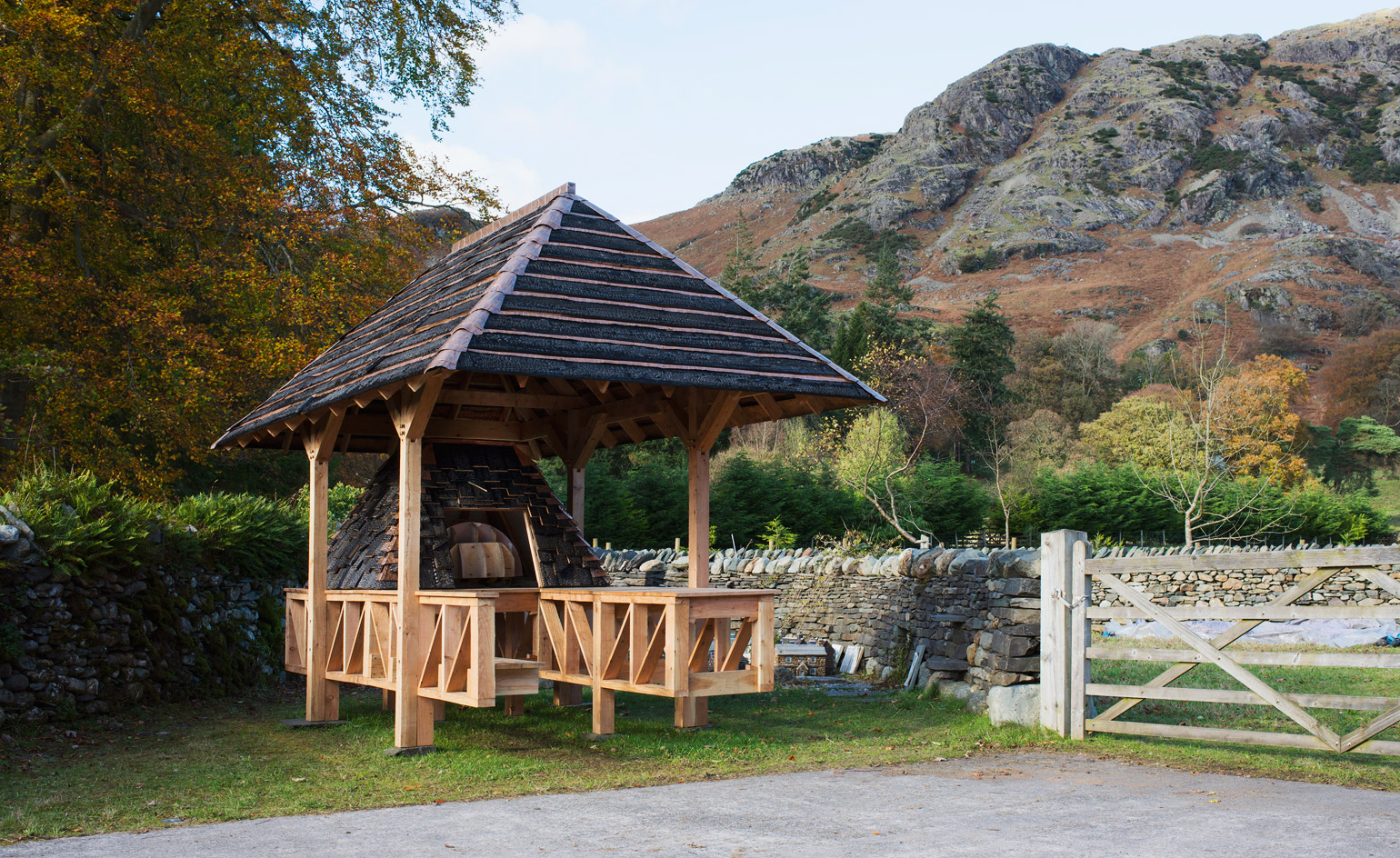
What does a German illustrator at the turn of the 20th century have in common with American rock band the Grateful Dead? The answer: more than you might think, as established by ‘The Land We Live In – The Land We Left Behind’, the latest exhibition to open at Hauser & Wirth Somerset. Over 160 works have been borrowed from 15 public collections – as well as several private collections – for the ambitious survey at the Bruton gallery, which examines society’s relationship to the rural.
Featuring some 50-odd creative luminaries, including Paul McCarthy, Laure Provost, Roni Horn, Anj Smith, Mark Wallinger, and Frank Lloyd Wright, the exhibition traces artists working from the 1500s to present day. ‘The general ambition of this show encapsulates my own life history. I’ve worked in the rural for a very long time,’ says curator Adam Sutherland. The Griezdale Arts director was born and raised on a farm before moving to London. ‘I am reflecting quite a lot of my experience and understanding of the rural, which is very much a love-hate relationship.’
In tribute to its original use, the Threshing Barn comprises installations centred on produce, growing and processing. Here, Carsten Höller’s signature mushroom sculptures sprout next to a three-tiered aquaponic tank system by the Chicago-based Sweet Water Foundation. ‘Sweet Water Foundation reflects a lot of the other utopian ambitions of the projects throughout the show,’ Sutherland notes. ‘I really believe in the idea of striving towards utopia despite the fact that it’s absolutely guaranteed to fail.’
From there, the show threads together a wonderfully higgledy-piggledy array of bucolic scenes, pitting artists’ works and movements against each other in unlikely ways (the complicated politics of the arts and crafts movement works oddly well in relation to nudist concepts). In the Workshop & Pigsty, motifs by Fidus (1868-1948) – the German illustrator whose work directly influenced the psychedelic style of graphic design in the 1960s – are echoed in Grateful Dead posters 100 years later.

Installation view of ‘The Land We Live In – The Land We Left Behind’ at Hauser & Wirth Somerset. Photography: Ken Adlard. Courtesy of Hauser & Wirth
‘What I’ve done with this show is to connect lots of objects,’ says the curator. ‘It’s a kind of thumbnail sketch of a huge subject and everything in it has multiple connections and meanings – not necessarily the ones the artist might have intended. Art is a process, verve… a connecting tissue between objects.’
Ultimately, the show is the fullest expression of Hauser & Wirth Somerset since the gallery opened three-and-a-half years ago, taking over the Grade II-listed Durslade Farm. ‘[The exhibition] is something that we’ve wanted to do since day one,’ says Alice Workman, Hauser & Wirth Somerset senior director. ‘Hauser & Wirth Somerset is all about art, architecture, the land, and the countryside. We have a working farm here, we have a very active education and events programme, and we work very closely with our community. We wanted to have an exhibition that celebrated all of those things.’

Installation view of ‘The Land We Live In – The Land We Left Behind’ at Hauser & Wirth Somerset. Photography: Ken Adlard. Courtesy of Hauser & Wirth
There are more than 70 events planned over the next few months, from bread baking to truffle hunting and cheese making. The gallery’s gamekeepers, farmers, chefs, and gardeners were all involved in the planning of the exhibition, explains Workman, while the in-house art team created a custom typeface based on farming paraphernalia. Outside, goats graze in the grass farmyard – themselves part of a functioning artwork – climbing on and around a wooden pavilion by the artist Fernando García-Dory and Hayatsu Architects. The architects have similarly collaborated with architecture students from Central Saint Martins on a working bread oven, which will be used for workshops throughout the duration of the exhibition.
Moving into the Rhoades gallery – the largest of the exhibitions spaces – Sutherland has tapped into the interest people have in food and eating together, noting it’s a theme that has rose to prominence with artists particularly in the past 15 years. A long banquet table dominates the centre of the room, dressed with a smorgasbord of works by Ryan Gander, Giles Round and more. Elsewhere, Marc Coates and architectural firm Sutherland Hussy Harris have repurposed a wooden structure as an apple store.
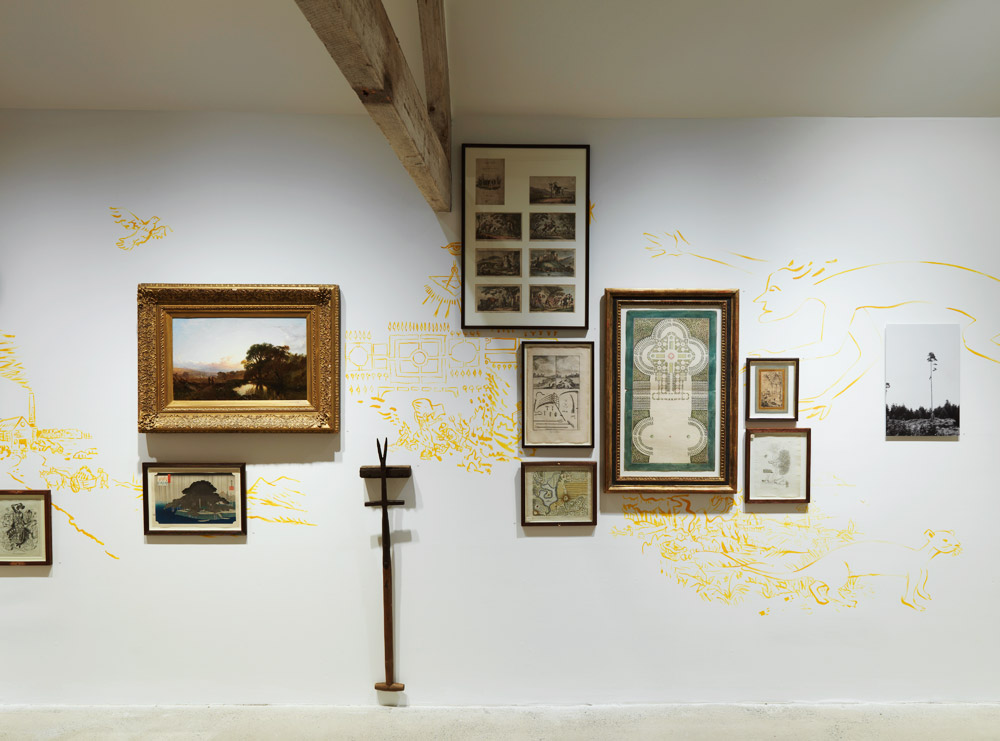
Installation view of ‘The Land We Live In – The Land We Left Behind’ at Hauser & Wirth Somerset. The collection of works in this room are knitted together by a series of interpretative wall drawings by Fernando García-Dory. Photography: Ken Adlard. Courtesy of Hauser & Wirth
‘This exhibition has got quite a lot of punctuation and puncturing of various preconceptions about the rural and highlights many of the elemental aspects of rural life,’ says Sutherland. ‘In many ways I think it’s not really about the rural – it’s about human nature, and perhaps our aspirations to have better natures.’
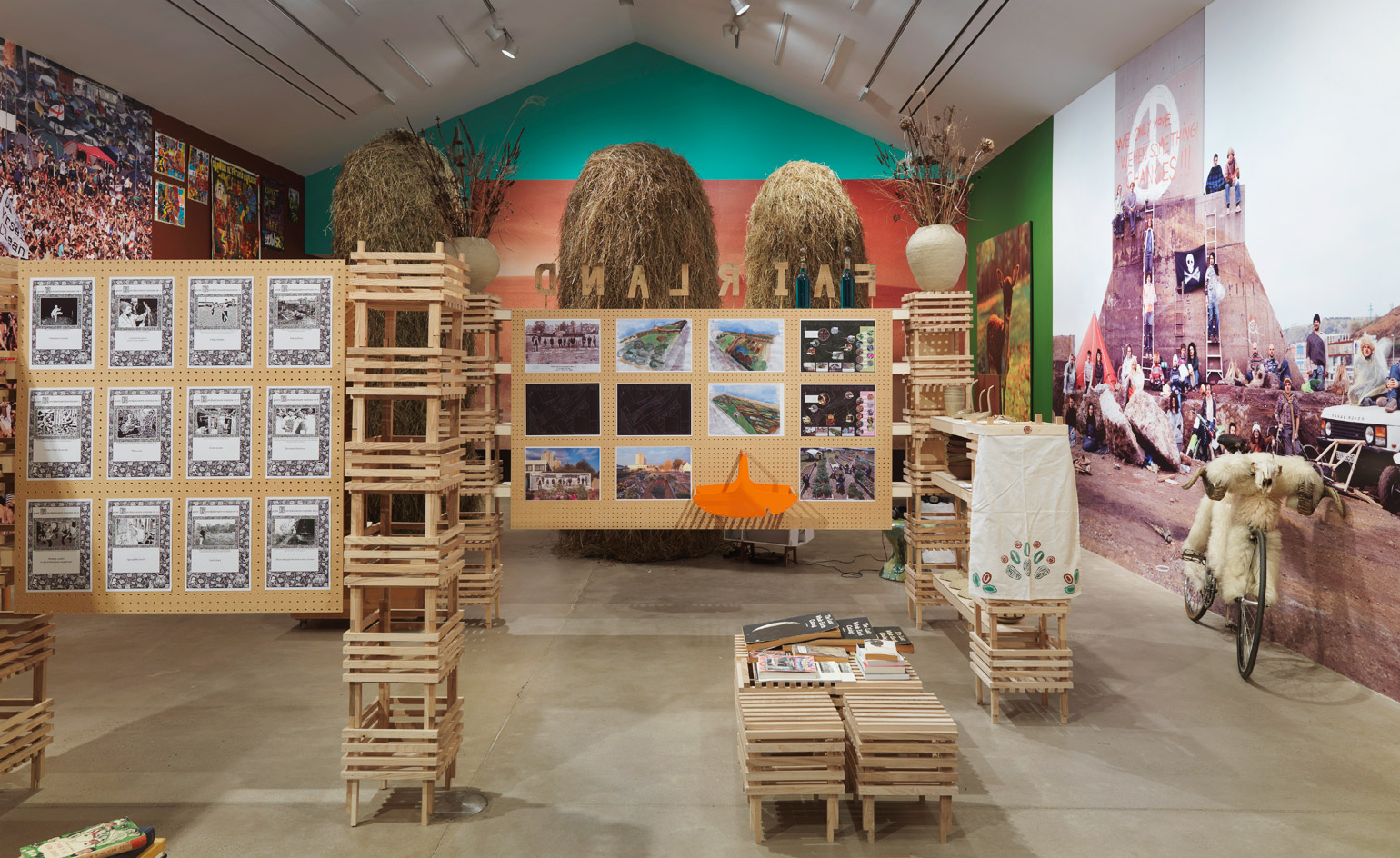
Installation view of ‘The Land We Live In – The Land We Left Behind’ at Hauser & Wirth Somerset. Photography: Ken Adlard. Courtesy of Hauser & Wirth

Installation view of ‘The Land We Live In – The Land We Left Behind’ at Hauser & Wirth Somerset. Photography: Ken Adlard. Courtesy of Hauser & Wirth
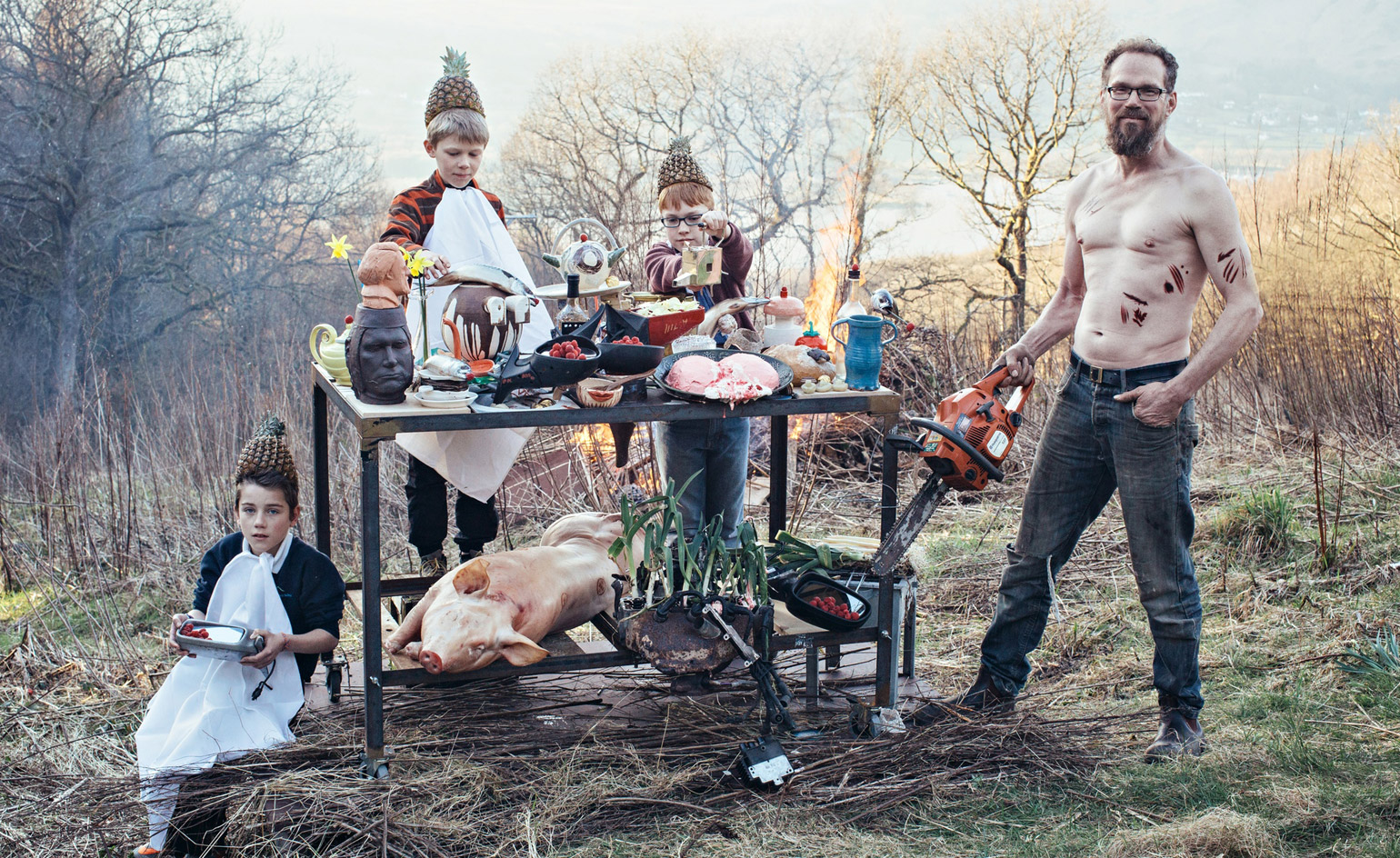
Courtesy of Laure Prouvost and Grizedale Arts
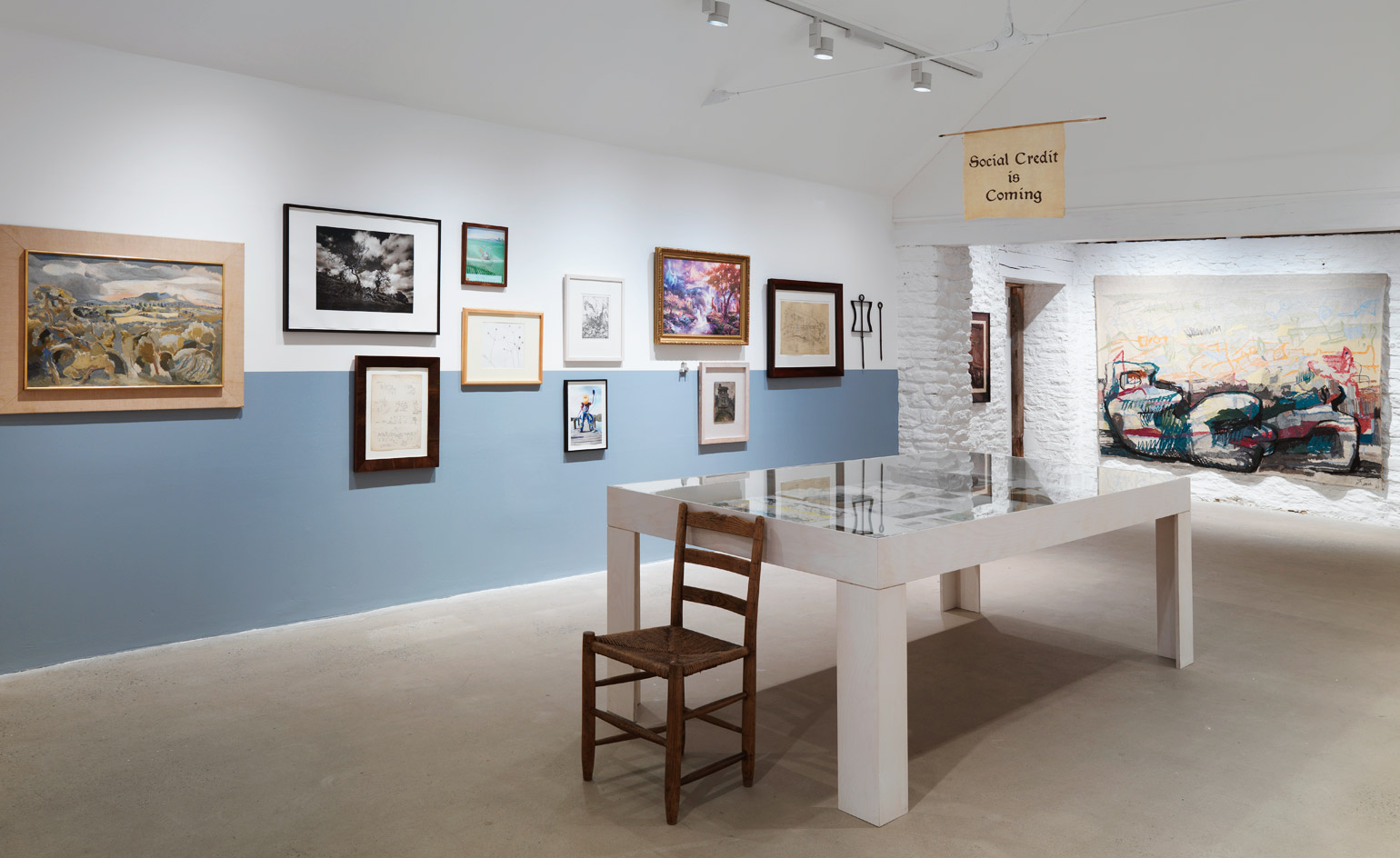
Installation view of ‘The Land We Live In – The Land We Left Behind’ at Hauser & Wirth Somerset. Photography: Ken Adlard. Courtesy of Hauser & Wirth
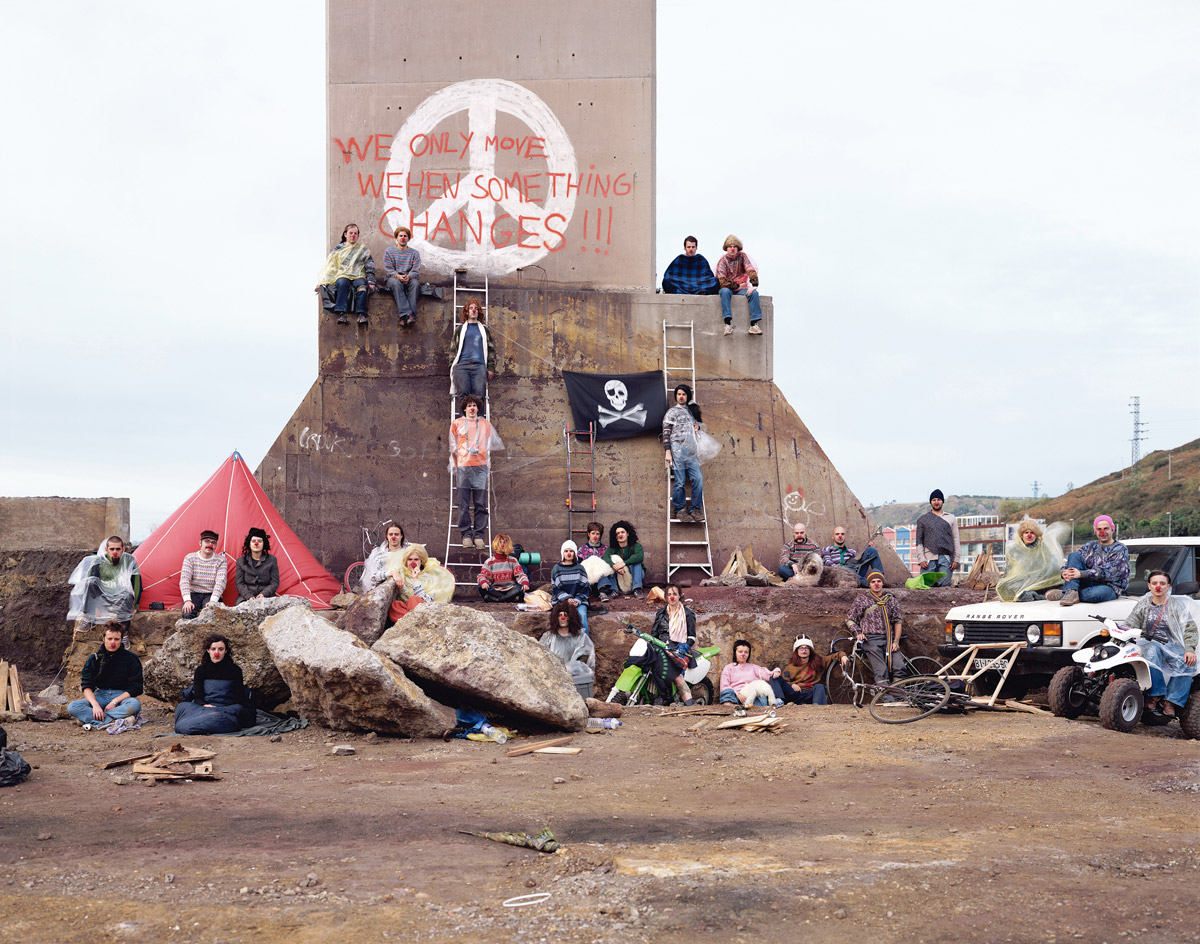
We Only Move When Something Changes, 2002, by Olaf Breuning. Courtesy of Olaf Breuning/Metro Pictures
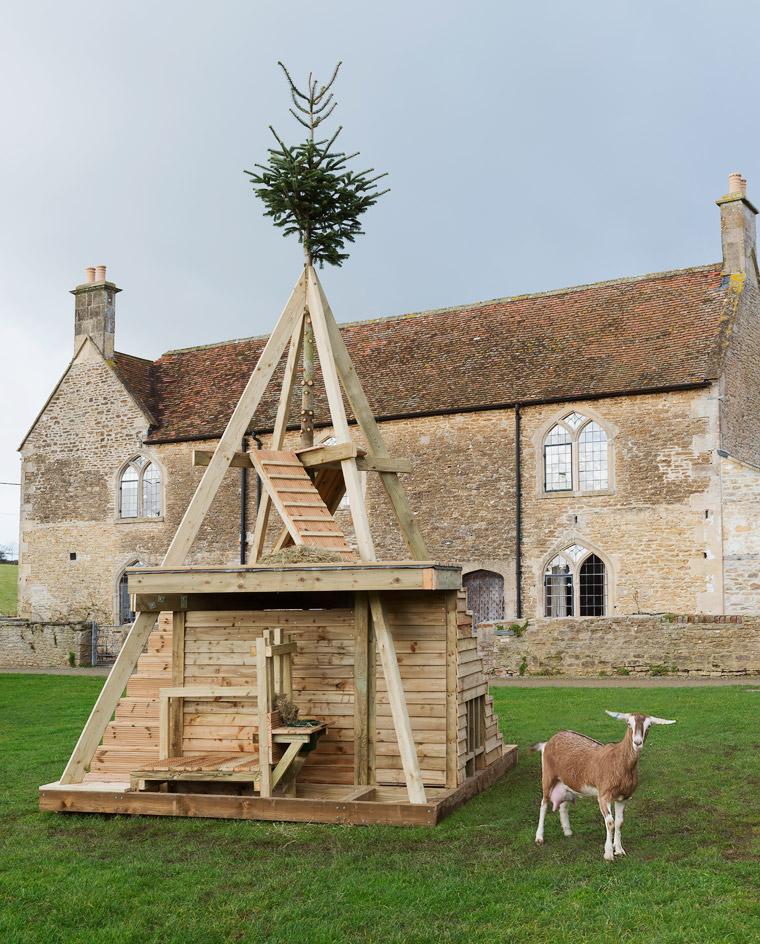
Installation view of ‘The Land We Live In – The Land We Left Behind’ at Hauser & Wirth Somerset. Photography: Ken Adlard. Courtesy of Hauser & Wirth

The Bavarian Deer, 1987/1999, by Paul McCarthy. © Paul McCarthy. Courtesy of the artist and Hauser & Wirth

Farmers Prefer Shell, 1934, by Denis Constanduros. Courtesy of the Shell Heritage Art Collection

Installation view of ‘The Land We Live In – The Land We Left Behind’ at Hauser & Wirth Somerset. Photography: Ken Adlard. Courtesy of Hauser & Wirth
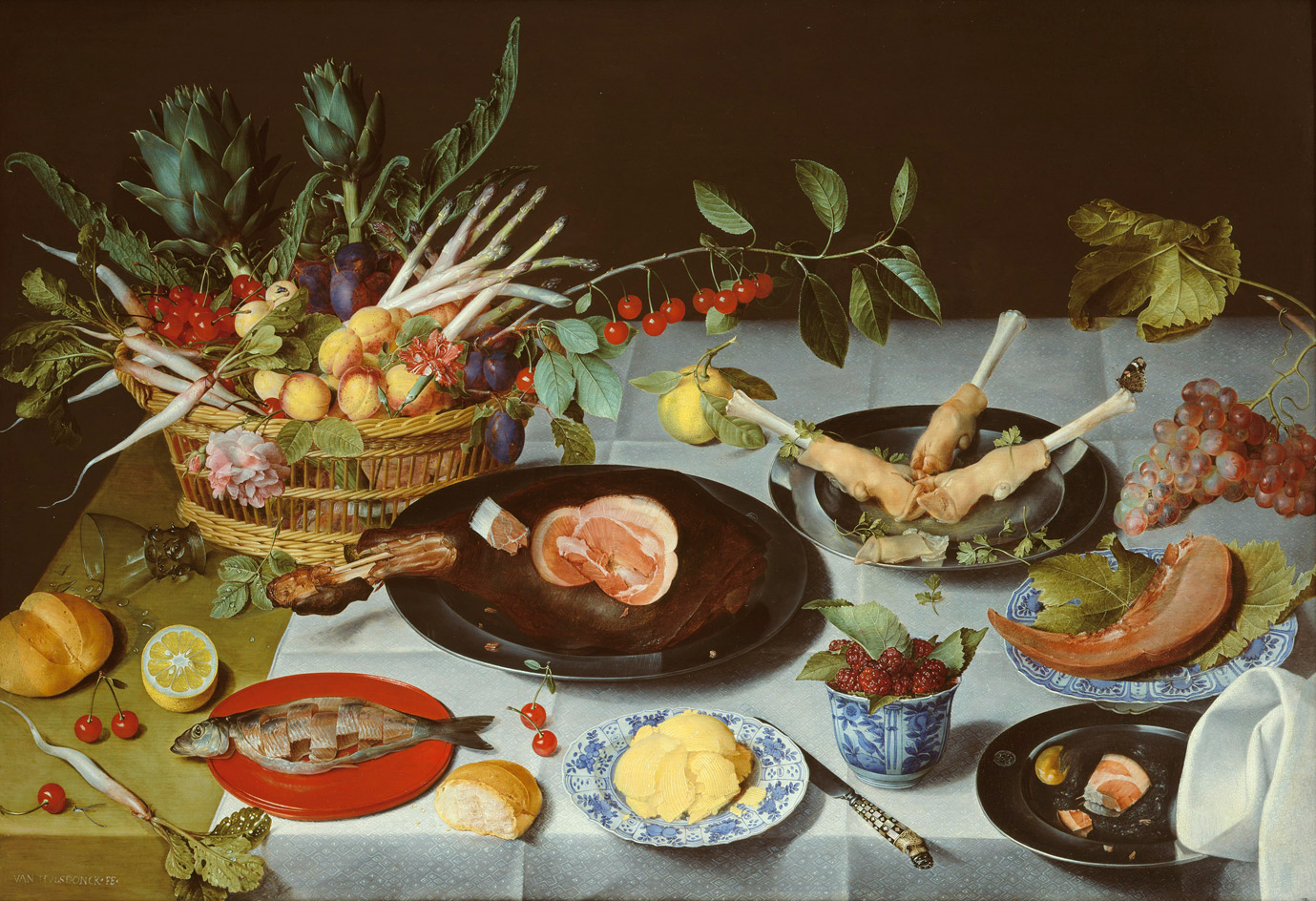
A Still Life of a laid Table, with Plates of Meat and Fish and a Basket of Fruit and Vegetables, c1627, by Jacob van Hulsdonck
INFORMATION
‘The Land We Live In – The Land We Left Behind’ is on view until 7 May. For more information, visit the Hauser & Wirth Somerset website
Receive our daily digest of inspiration, escapism and design stories from around the world direct to your inbox.
ADDRESS
Hauser & Wirth Somerset
Durslade Farm
Dropping Lane
Bruton
Somerset BA10 0NL
-
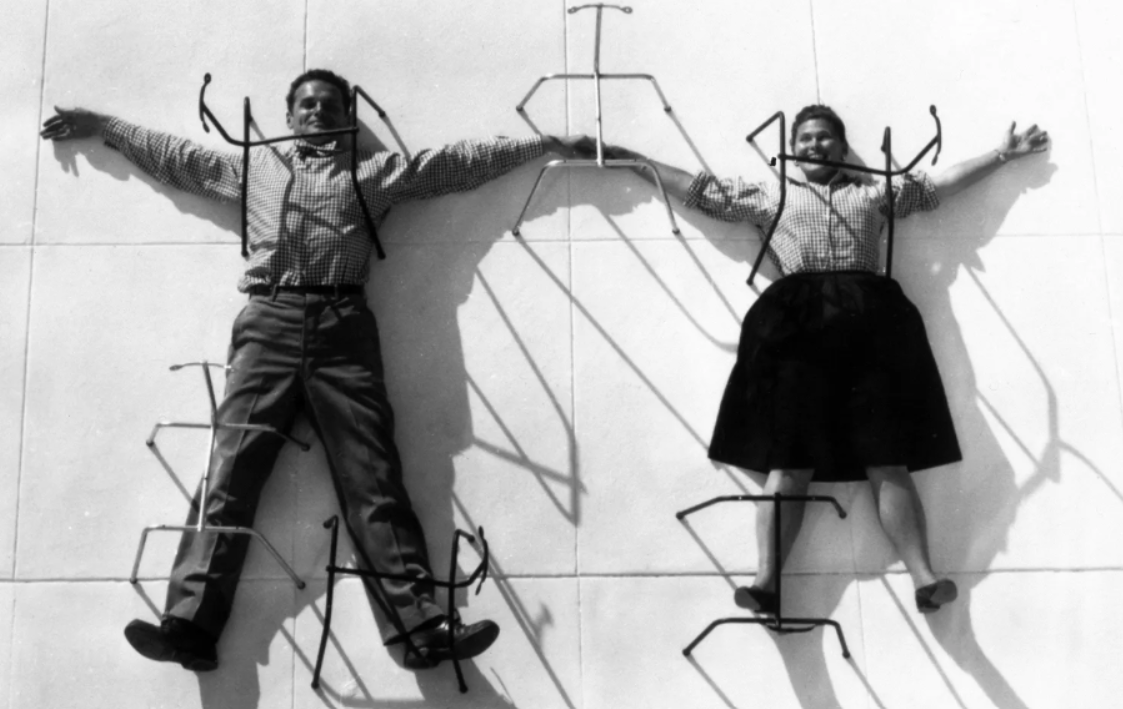 How Charles and Ray Eames combined problem solving with humour and playfulness to create some of the most enduring furniture designs of modern times
How Charles and Ray Eames combined problem solving with humour and playfulness to create some of the most enduring furniture designs of modern timesEverything you need to know about Charles and Ray Eames, the American design giants who revolutionised the concept of design for everyday life with humour and integrity
-
 Why are the most memorable watch designers increasingly from outside the industry?
Why are the most memorable watch designers increasingly from outside the industry?Many of the most striking and influential watches of the 21st century have been designed by those outside of the industry’s mainstream. Is it only through the hiring of external designers that watch aesthetics really move on?
-
 This Fukasawa house is a contemporary take on the traditional wooden architecture of Japan
This Fukasawa house is a contemporary take on the traditional wooden architecture of JapanDesigned by MIDW, a house nestled in the south-west Tokyo district features contrasting spaces united by the calming rhythm of structural timber beams
-
 Healthy chocolate? Eat it at Makers, London’s new Lebanese chocolatier
Healthy chocolate? Eat it at Makers, London’s new Lebanese chocolatierLocated in Chelsea, Makers is a new ‘healthy chocolate’ shop offering treats free of refined sugar, seed oils, wheat and dairy – and it tastes delicious
-
 Inside Domaine Evremond, the UK’s first subterranean winery
Inside Domaine Evremond, the UK’s first subterranean winery‘Sparkling wine should be fun.’ We tour Domaine Evremond in Kent, a winery steeped in the English countryside
-
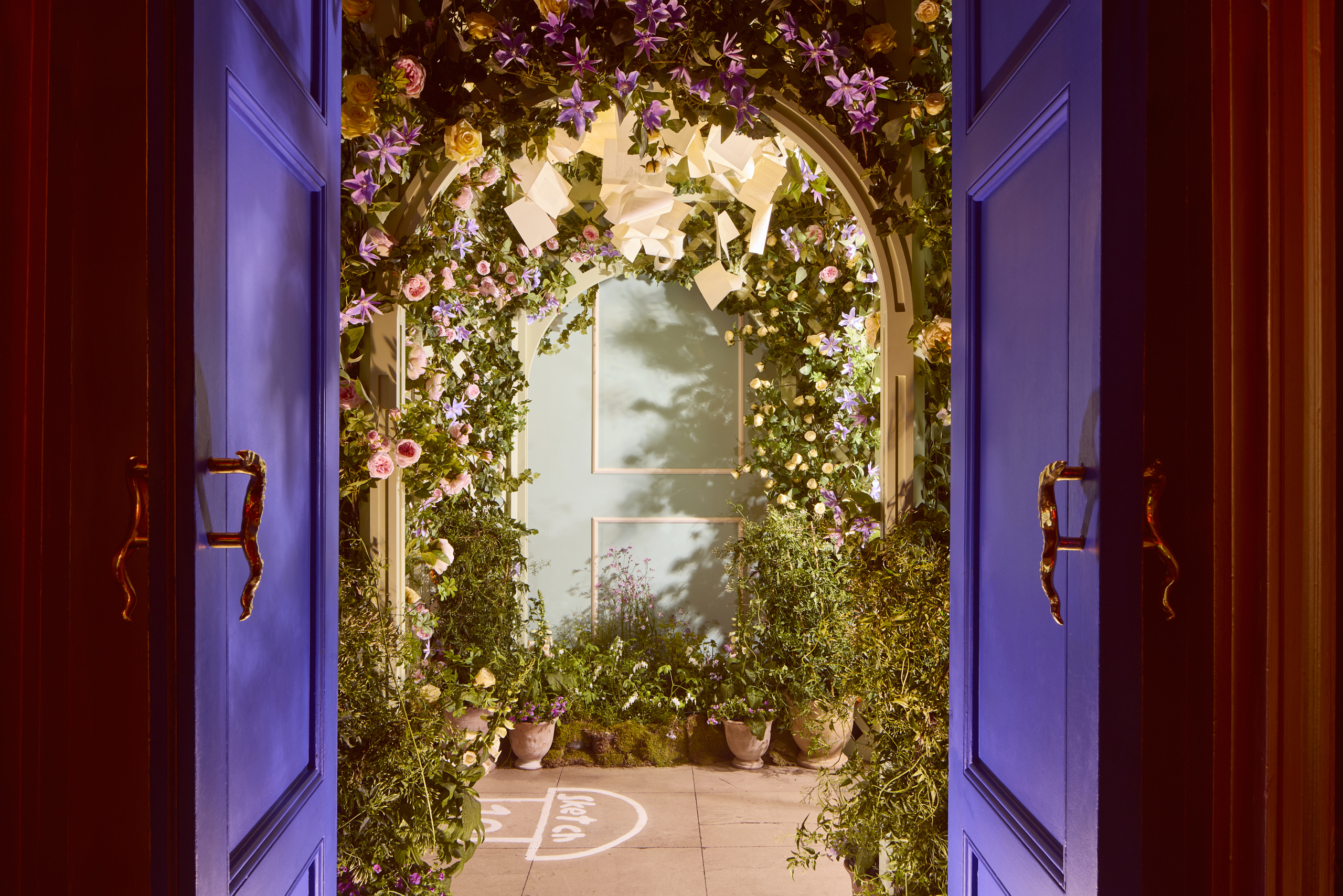 Sketch transforms into an English garden in celebration of Jane Austen’s 250th birthday
Sketch transforms into an English garden in celebration of Jane Austen’s 250th birthdayThe 11th edition of ‘Sketch in Bloom’ nods to the most notable works of Jane Austen with budding floral installations and a quintessentially English afternoon tea
-
 At the Regent Street Sensorium, architectural jelly sculptures are designed to ignite the senses
At the Regent Street Sensorium, architectural jelly sculptures are designed to ignite the sensesDelve into the history of London’s Regent Street through a jellyscape, a fragrance cloud and more – plus, for the event’s final week, two new immersive workshops (ends 27 April)
-
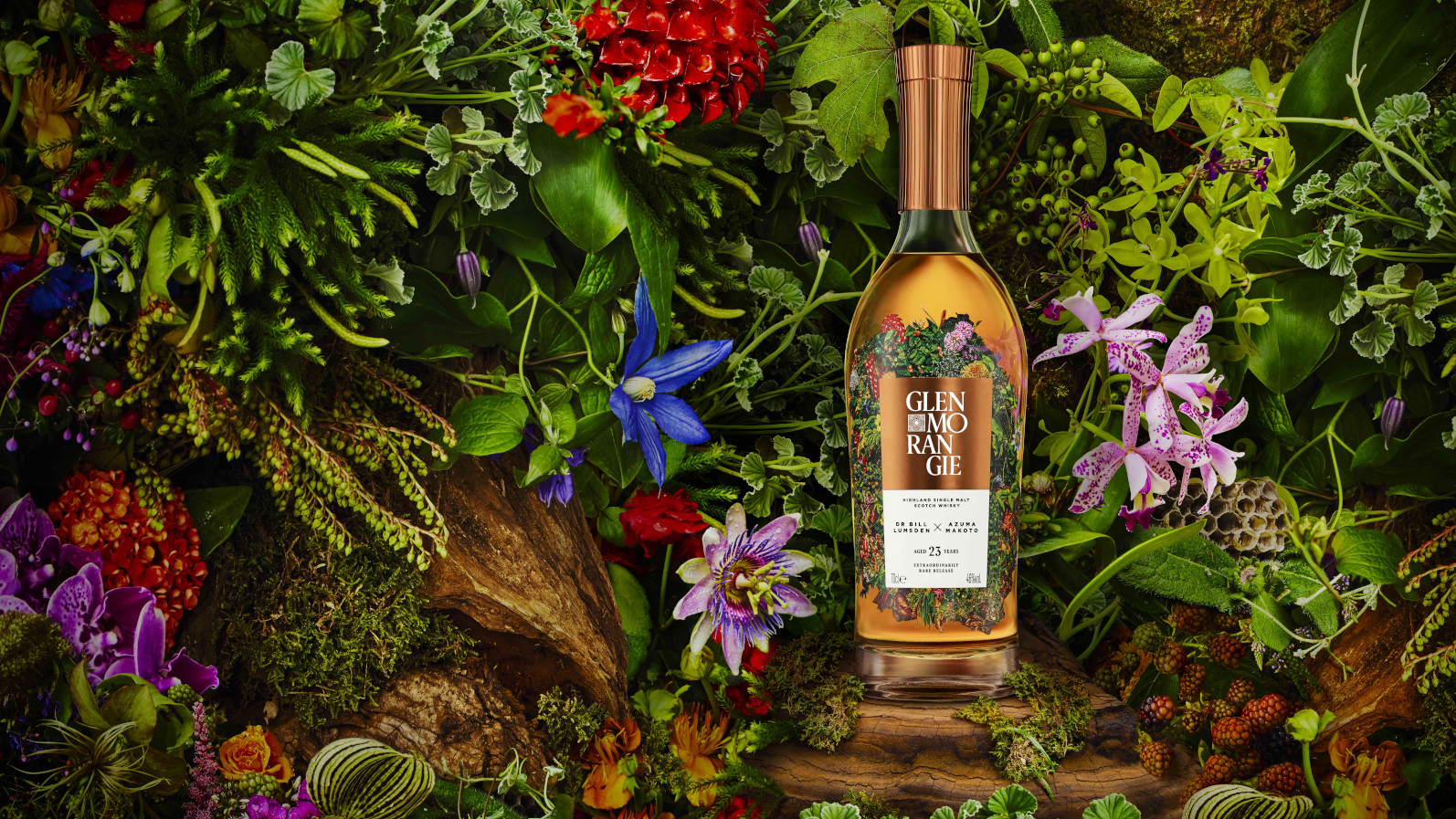 New Glenmorangie whisky nods to nature, with botanical artist Azuma Makoto
New Glenmorangie whisky nods to nature, with botanical artist Azuma MakotoGlenmorangie unveils ‘Glenmorangie Dr Bill Lumsden x Azuma Makoto 23 Years Old’, an extraordinarily rare limited-edition whisky that embodies the wonder of the natural world
-
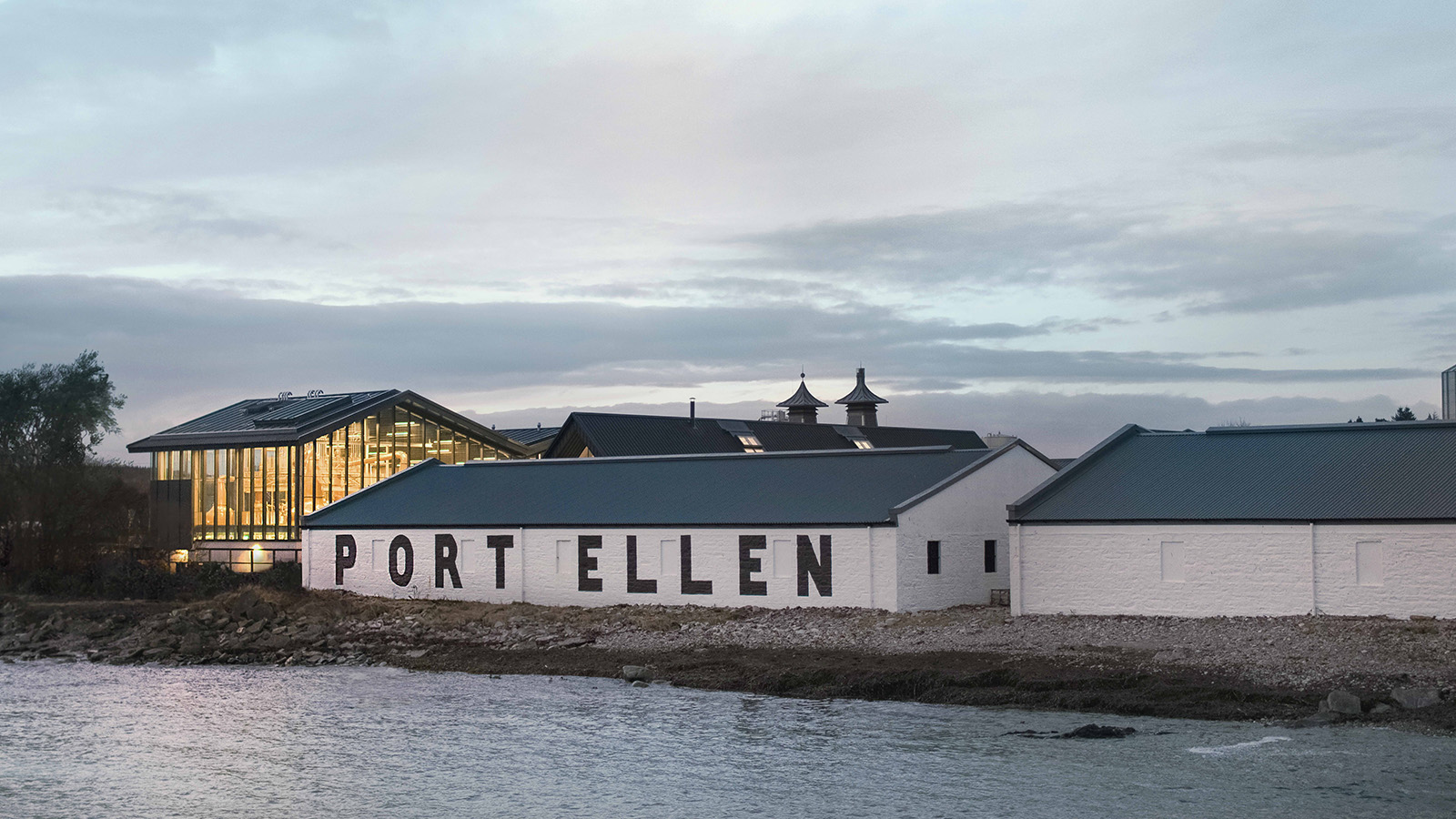 Reborn distillery Port Ellen welcomes Islay whisky pilgrims with smoky delights
Reborn distillery Port Ellen welcomes Islay whisky pilgrims with smoky delightsThe resurrection of Islay whisky distillery Port Ellen has been hailed by connoisseurs, among them Neil Ridley, who explored the smoky delights of this Scottish west coast gem
-
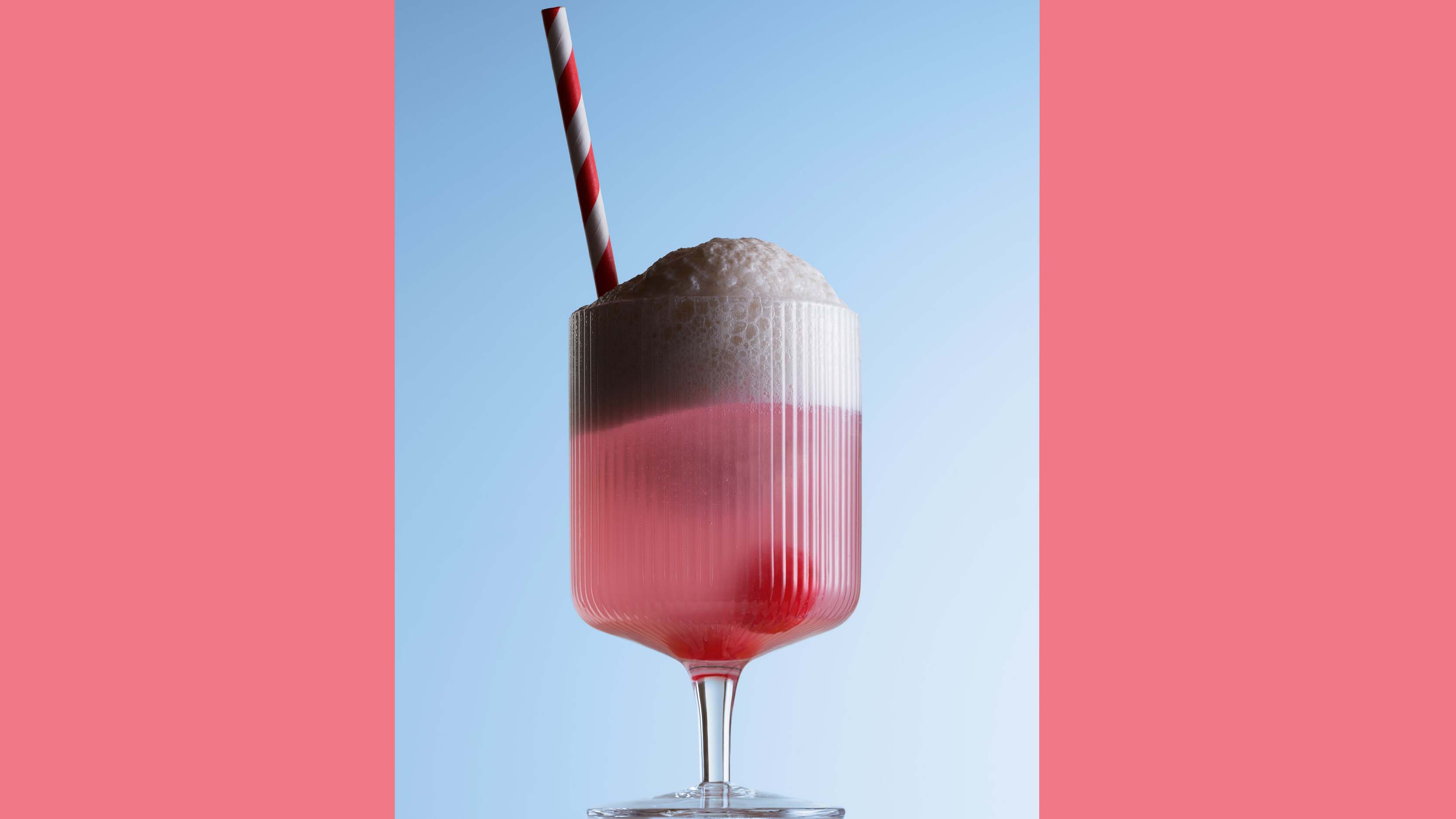 Happy Independence Day, USA! Wallpaper* launches a month-long celebration of creative America
Happy Independence Day, USA! Wallpaper* launches a month-long celebration of creative AmericaThis 4 July we toast the cream of creative USA with our very own cherry soda float. See more in August 2023 Wallpaper*, on sale 6 July, and all month on Wallpaper.com
-
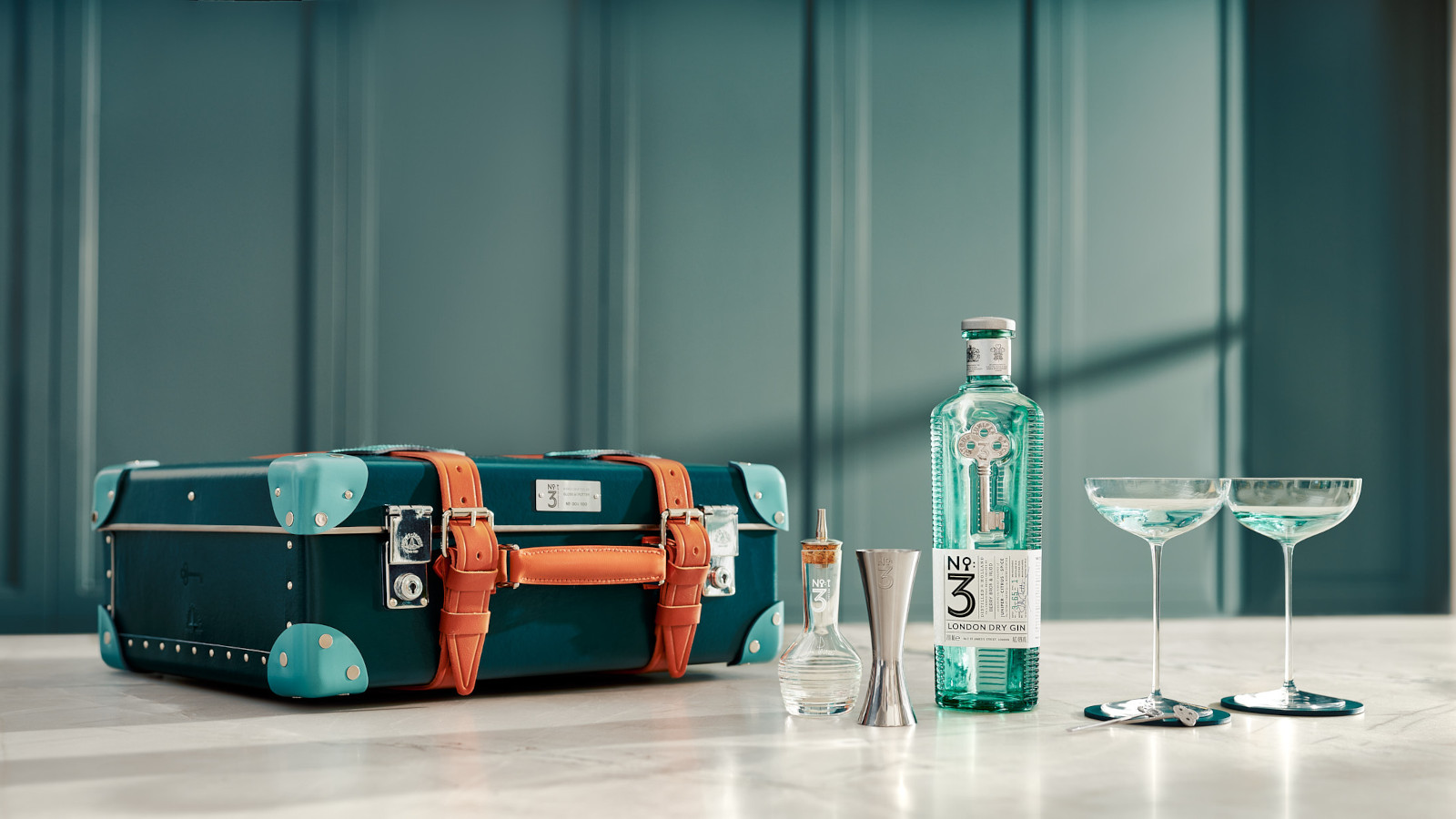 Martini Case by No.3 London Dry Gin and Globe-Trotter is a cocktail lover’s travel companion
Martini Case by No.3 London Dry Gin and Globe-Trotter is a cocktail lover’s travel companionPack this travel case by No.3 London Dry Gin and Globe-Trotter, and watch our film to unlock the secrets of the perfect gin martini, anywhere